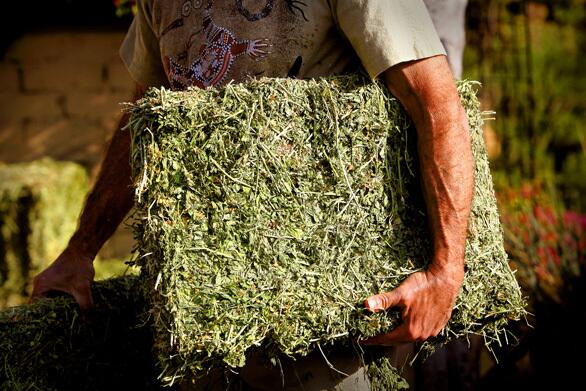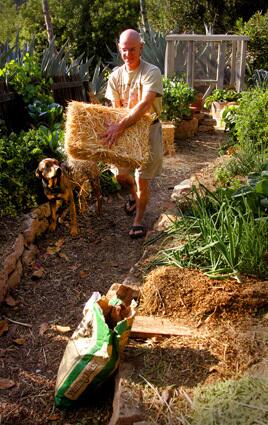
The straw Marfisi is carrying will be layered over alfalfa hay to prepare beds for his no-dig vegetable garden. He uses techniques adapted from the book, Esther Deans No Dig Gardening & Leaves of Life. (Robert Lachman / Los Angeles Times)
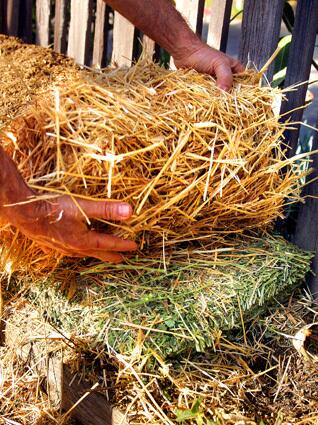
Marfisi creates lasagna-like layers of organic matter. On raised beds, he first layers some newspapers. He tops that with 2 to 3 inches of alfalfa hay, then 8 inches of straw. In between each of these, he dusts with bone meal and blood meal. He wets this all down. (Robert Lachman / Los Angeles Times)
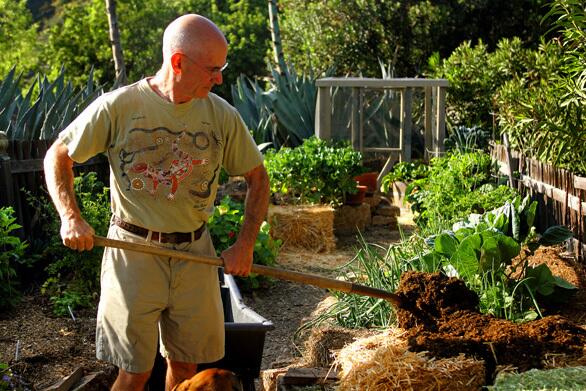
The final layer is compost, 3 to 4 inches of it. (Robert Lachman / Los Angeles Times)
Advertisement

Seeds or seedlings are planted in the compost, which becomes nutrient rich as the alfalfa and straw break down and the mixture attracts worms. (Robert Lachman / Los Angeles Times)
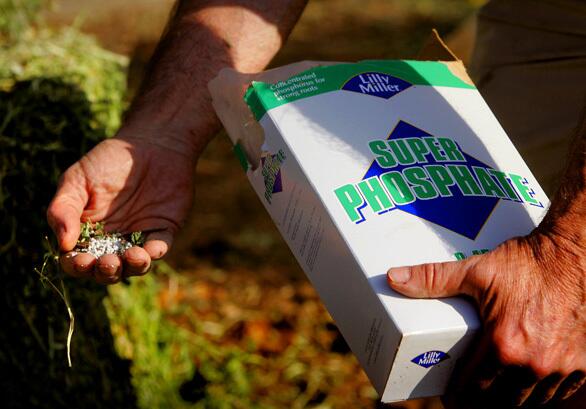
Marfisi sprinkles phosphate to fertilize the no-dig beds. (Robert Lachman / Los Angeles Times)
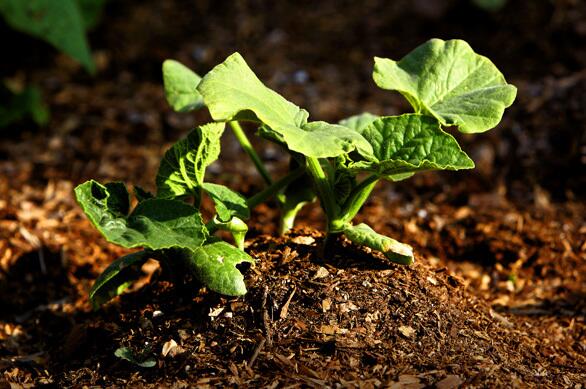
A close-up of a butternut squash plant started from seed. (Robert Lachman / Los Angeles Times)
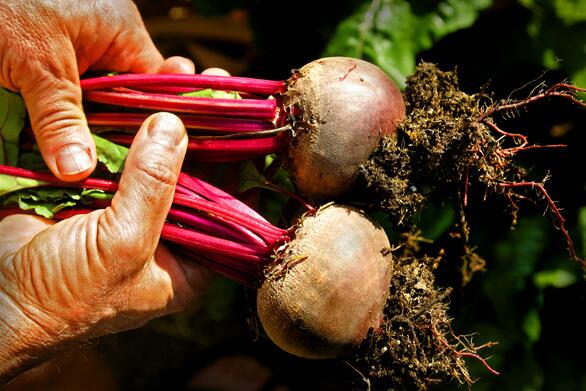
Marfisi proudly shows off his home-grown beets. The garden also is thriving with collard greens, chard, celery, tomatoes, chives, peppers, basil, lettuces and leeks. (Robert Lachman / Los Angeles Times)
Advertisement
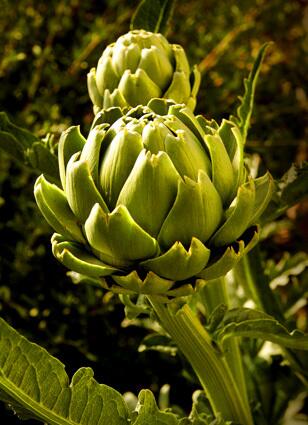
Artichokes, anyone? Separate from his vegetable garden, Marfisi has a hillside mix of California natives. Fruit trees peaches, plums as well as persimmons and kumquats blend in with native flowers, planted to attract native bees, and various salvias and rock roses. (Robert Lachman / Los Angeles Times)
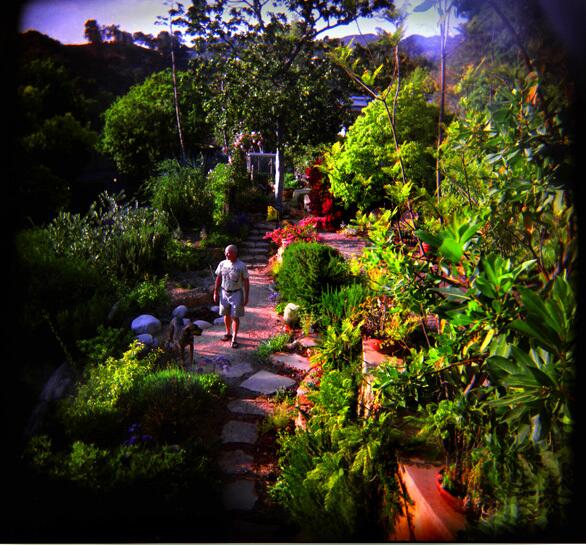
Marfisi walks with his dog VaBene through what was once a concrete patio. The serene garden is filled with Mediterranean plants and California natives. Sweet smelling sagebrush, manzanita, low-growing sages and buckwheat reflect the hiking trails of nearby Griffith Park. (Robert Lachman / Los Angeles Times)
